Drone revealed a hidden citadel in mountains.
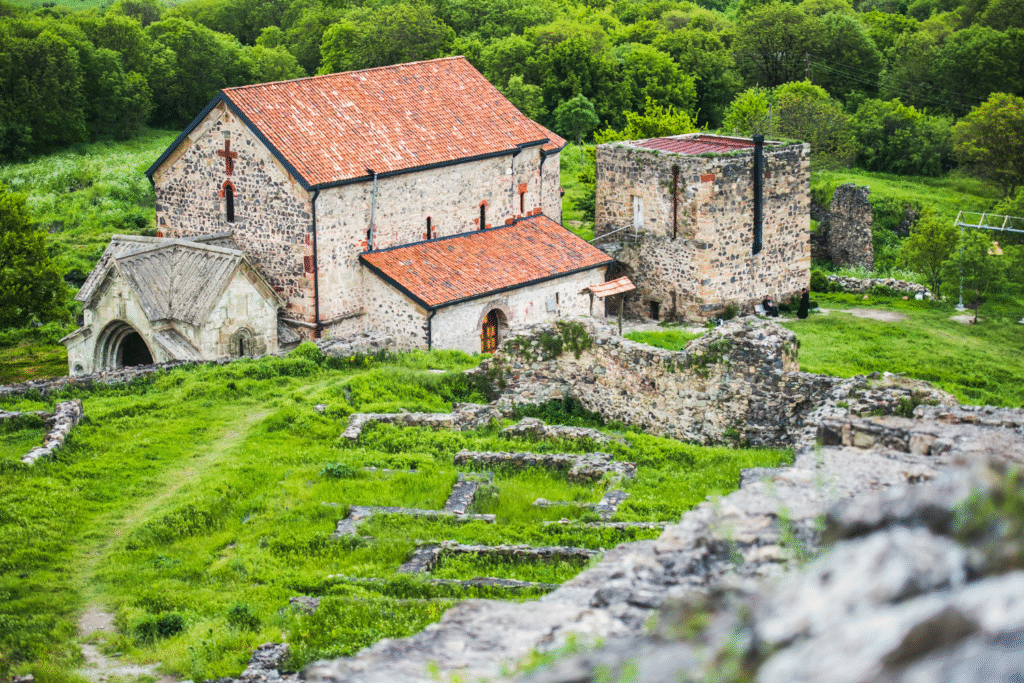
A few months ago, archaeologists announced the discovery of a fortress in the Caucasus mountains that dates to roughly 3,000 years ago. What looked like scattered ruins on foot turned out, under drone scrutiny, to be parts of a vast, walled stronghold with inner and outer defenses. Modern imaging has expanded our view of this site far beyond earlier expectations.
This revelation changes more than just maps. It suggests a level of planning, defense, and social complexity in the Late Bronze Age that we are only now beginning to appreciate. The following ten points capture what we’ve learned—and what mysteries remain about this mountain fortress.
1. The scale of the site is staggering.
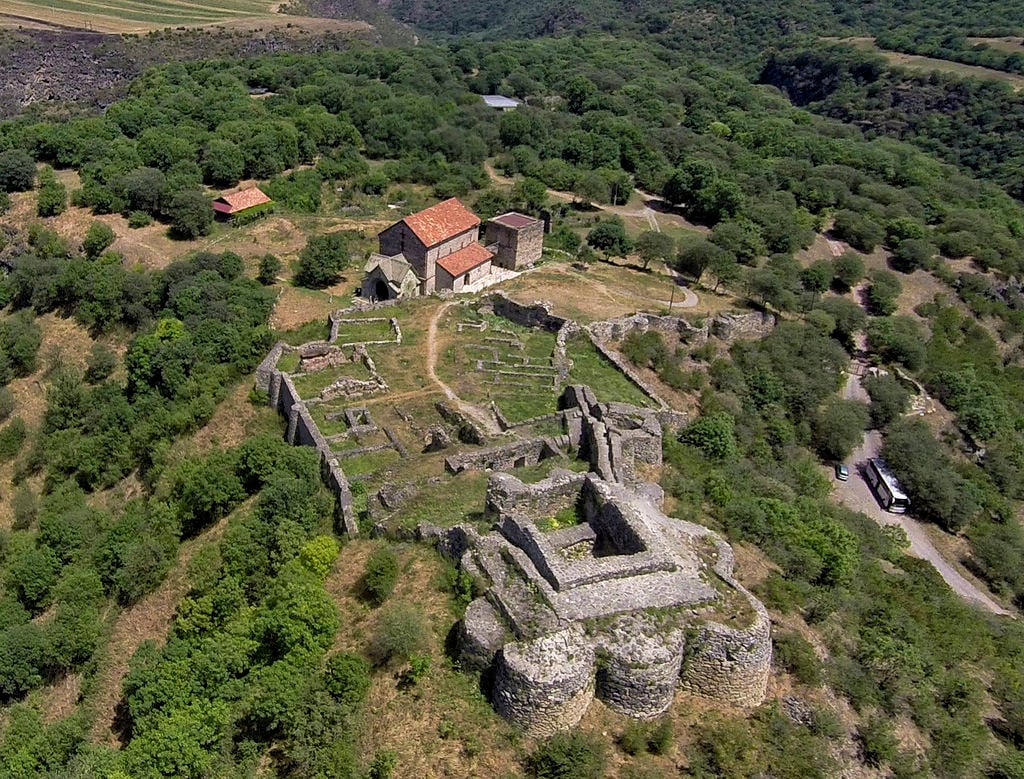
Early surveys had pegged only a small hilltop fortress, but aerial mapping dramatically altered that view. Researchers stitched together nearly 11,000 drone images to generate high-resolution models that showed an outer settlement sprawling far beyond the inner fortress, making the site over forty times larger than first believed. As stated by scientists in a report from Phys.org, that expansion turns what seemed a modest site into a major regional center.
That revelation rewrites assumptions about how many people might have lived there and what kind of logistical support—food, water, craft production, and defense—would have been needed. It implies that what once looked like a small defensive outpost may instead have been a hub of social and economic activity.
2. Dual fortification walls guarded the settlement.
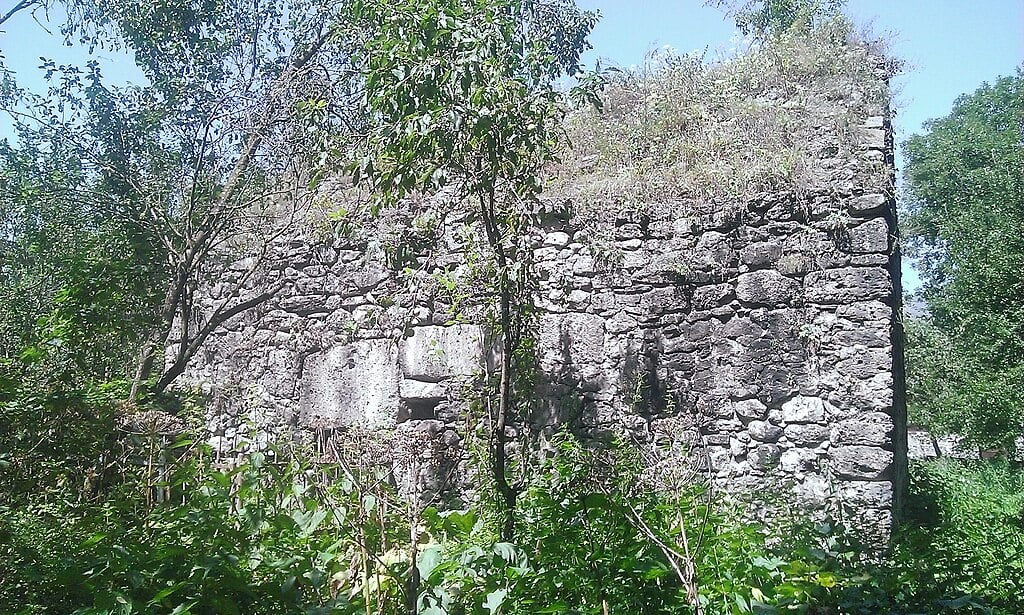
The fortress doesn’t rely on just one ring of defense. Investigators uncovered both inner and outer walls that appear to have been mutually reinforcing. The research team found that each wall was constructed to work with the other, creating layered defense rather than a single barrier. The discovery was detailed in Popular Mechanics, which reported that the site’s builders clearly anticipated serious threats and planned for fallback defenses in case of siege.
Those double walls suggest this was not a simple safe haven but a site expecting conflict. The planners intended for inhabitants to retreat inward if the outer defenses failed, meaning warfare or power struggles were integral to its design.
3. It originates from the Late Bronze Age transition.
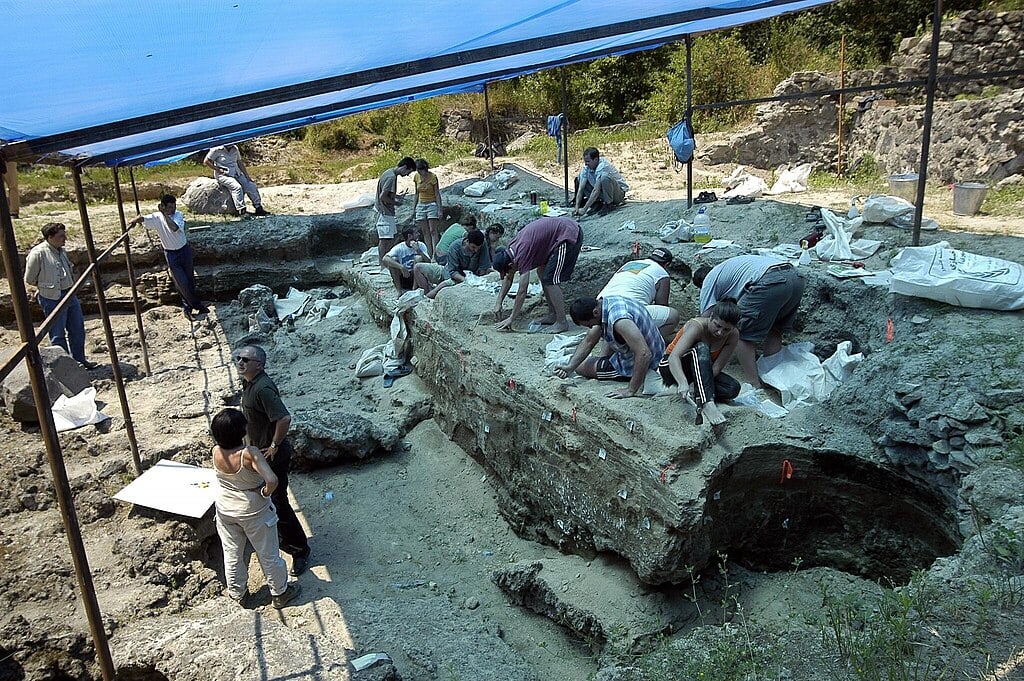
Dating places this fortress roughly 3,000 years ago, putting it in the Late Bronze to Early Iron Age period. The site lies within a broader pattern of fortified settlements in the South Caucasus around 1500–500 BCE, marking it as part of a wave of transformation in settlement structures. As discovered by researchers in the Journal of Archaeological Science Reports, the site’s materials and architecture align with other large complexes of the same period in Armenia and Georgia, suggesting a shared regional shift toward organized statehood.
That era coincides with rising social complexity, shifting trade routes, and the emergence of stronger territorial polities. This fortress seems to belong to that transition, giving us a window into how societies in that region evolved in governance, defense, and regional connectivity.
4. Builders chose steep gorges for protection.
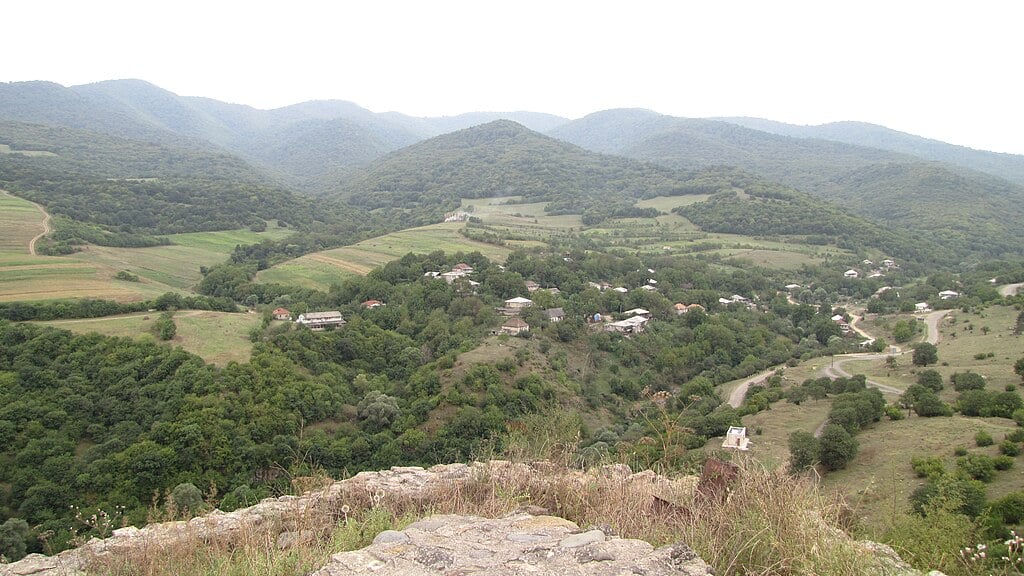
The fortress exploits natural topography: it occupies a promontory flanked by steep gorges. That positioning means attackers would have limited approach routes, forcing them into narrow corridors of defense and making full-scale siege more difficult.
Combining stone walls with geography would multiply defensive value. The placement also implies that the builders understood terrain as part of fortification, integrating nature with human engineering to strengthen their hold.
5. The site contains tens of thousands of features.
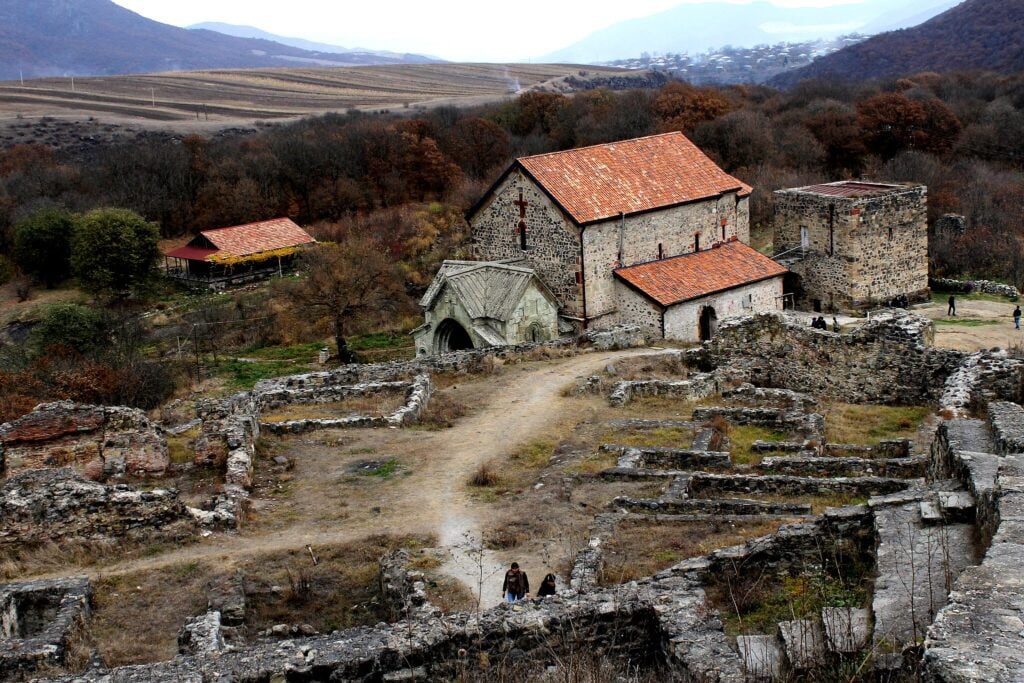
Beyond defensive walls, the mapped site reveals widespread graves, field systems, and stone-built structures dispersed across outer and inner zones. Many of those features remained invisible until drone models exposed subtle elevation changes and outlines of buried walls.
These features hint at agriculture, habitation, ritual or burial zones, and possibly craft or storage areas. The sheer density suggests a complex, multi-functional urban or proto-urban settlement rather than a simple fortress to hold troops.
6. Populations likely shifted seasonally in and out.
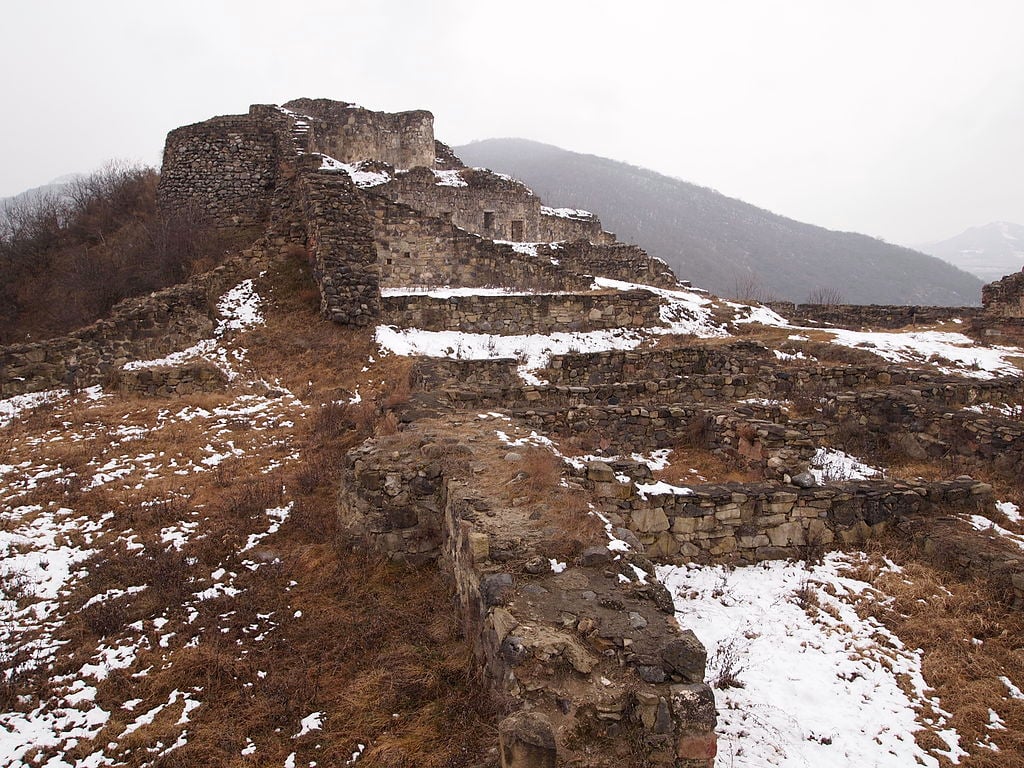
Evidence suggests that the outer settlement may have been occupied in changing intensities over seasons, perhaps swelling in times of trade, festivals, or safety, and contracting in quieter periods. The inner fortress seems to have had more steady habitation, perhaps housing a core administrative or defensive elite.
Such changing population dynamics point to a society blending settled living with mobility, maybe engaging with pastoralists or seasonal migration. The fortress may have been a nodal point linking itinerant groups and agrarian communities.
7. It reveals advanced planning and territorial control.
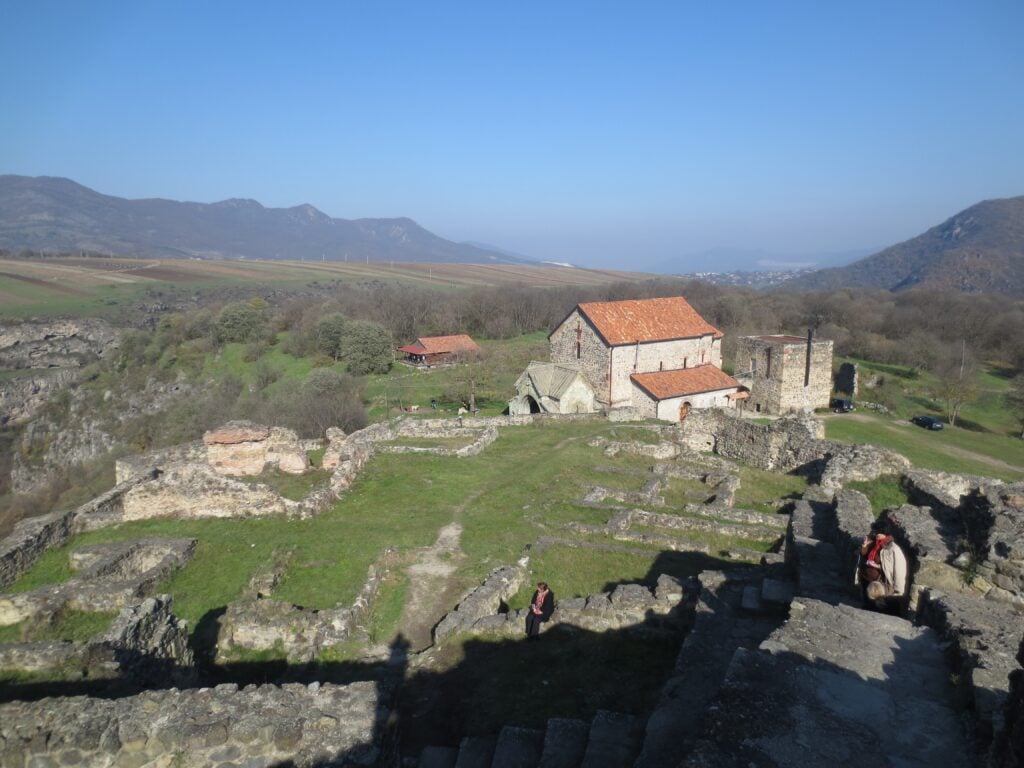
Designing such a site shows planning at a scale beyond casual construction. The geometry of walls, the distribution of internal zones, and the coordinated layout of outer features all point to centralized decision making and territorial ambition.
This was more than a local stronghold. It functioned as a control center, managing resources, defense, and perhaps trade or movement across wider terrain. The fortress may mark the shift from scattered villages to more hierarchical domains.
8. New findings upend earlier ideas about power.
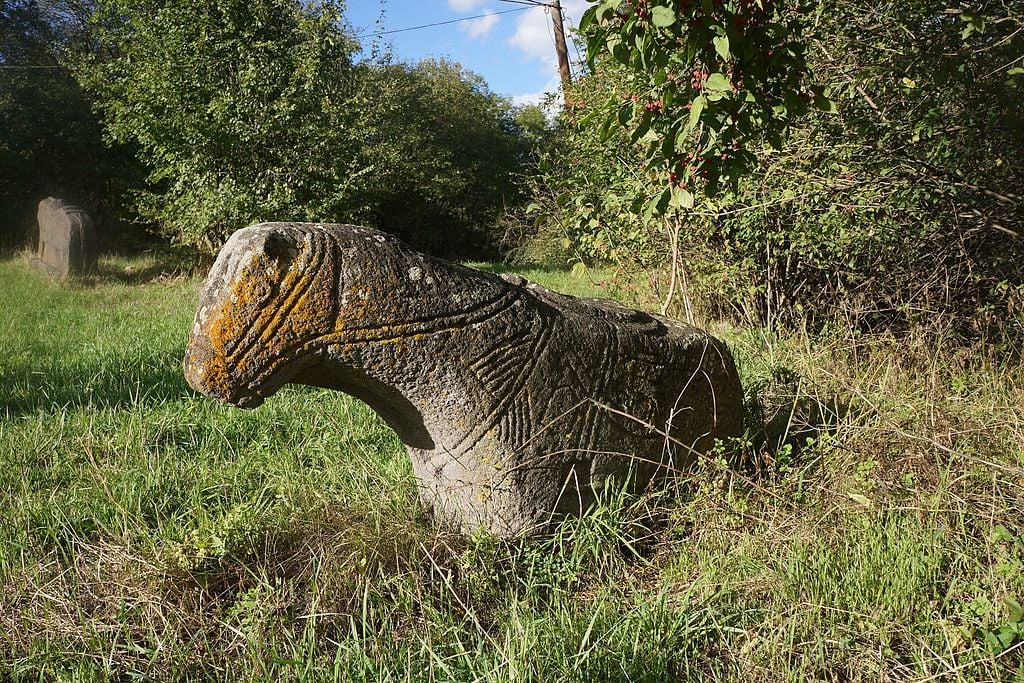
Earlier models envisioned the South Caucasus in that era as dominated by small, hilltop citadels with limited extents. The enormity of this structure forces a rethinking: power may have been more centralized, populations more concentrated, and influence more territorial in scope.
Other known fortresses may turn out to be similarly underestimated. This one may be the tip of a deeper pattern of large fortified complexes across the region that archaeology has yet to uncover fully.
9. Excavations promise a wealth of buried artifacts.
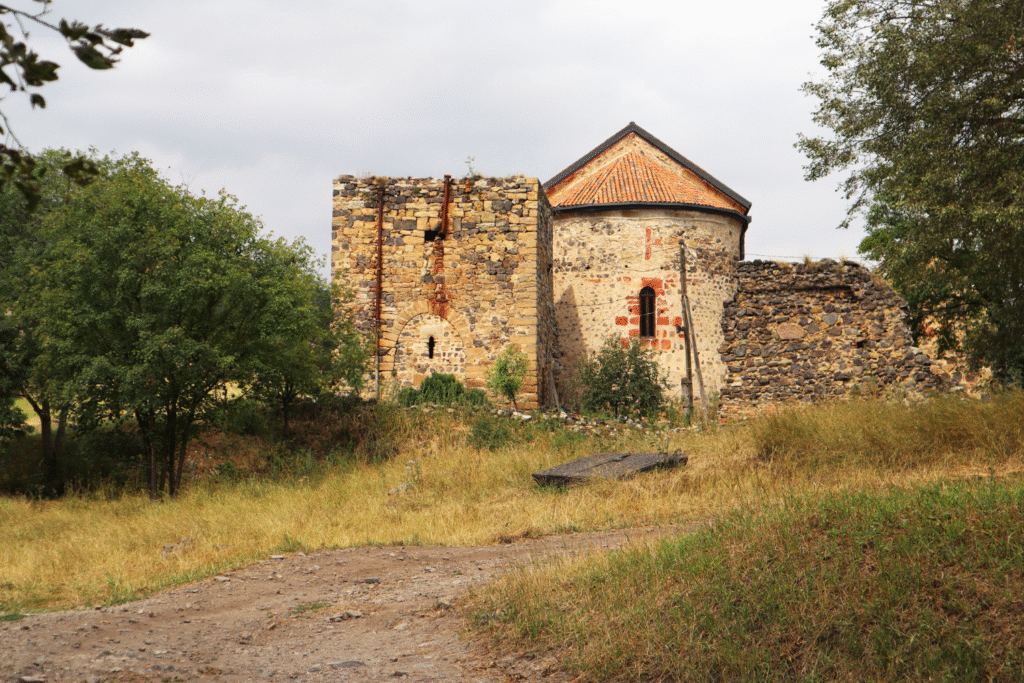
Because the area contains many buried structures—rooms, walls, graves—the site promises a trove of artifacts: pottery, tools, weaponry, domestic objects, perhaps inscriptions or symbols. Ongoing excavation is already recovering fragments that shed light on material culture and trade links.
Those artifacts may reveal what languages were spoken, what economies were engaged—agriculture, metalworking, trade—and which cultural networks linked this fortress to its neighbors and distant lands.
10. The mystery of its fall remains unsolved.
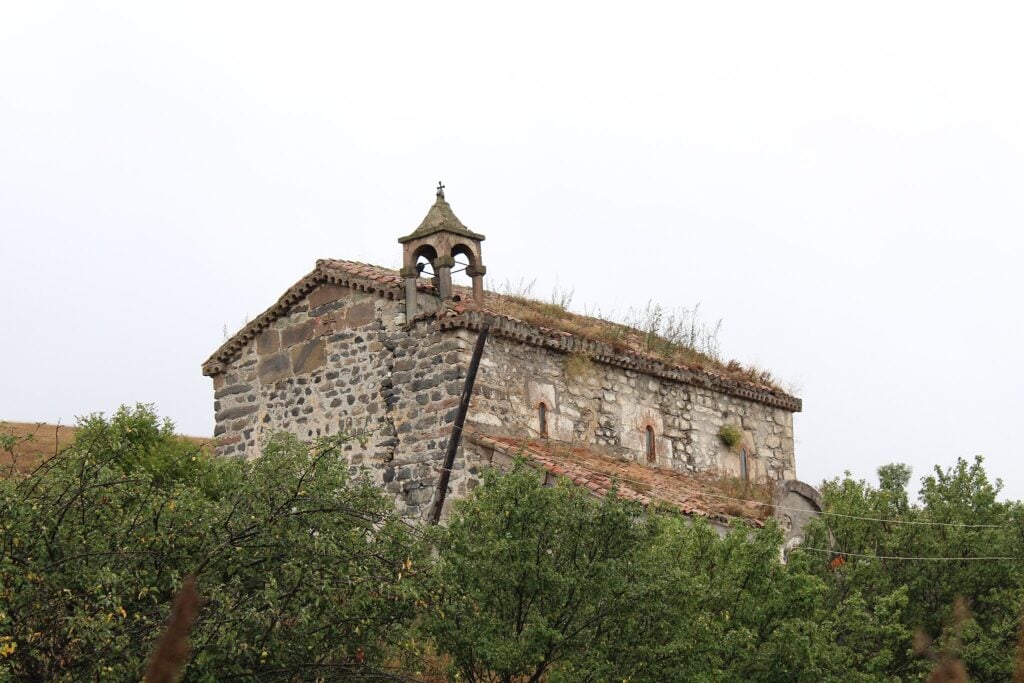
For all its grandeur, the fortress did not last indefinitely. What caused its decline? Warfare? Environmental stress? Political reorganization? As excavations deepen, archaeologists hope to detect signs of destruction, abandonment phases, or gradual transition.
Mapping layers of rebuilding, measuring changes in construction quality, and studying artifact distributions might show whether this was sacked, quietly deserted, or repurposed over time. That disappearance is as telling as the construction.
This newly revealed fortress shifts more than maps. It reshapes how we see Bronze Age societies in the Caucasus, expands ideas about urbanization in mountainous regions, and hints at power, space, and human ambition 3,000 years ago. Each stone wall and buried room now speaks across the millennia.
